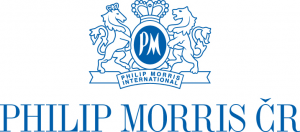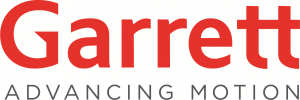Profit margins decreased further while labour costs showed a notable increase
29.06.2018Company: Amcham
An annual revision of the GDP series showed that last year’s economic growth was a tick slower than the statistical office (CZSO) had previously assumed. At the end of the day, the overall revision was rather cosmetic. Household consumption was stronger than previously thought while government expenditures and investment were revised downward. The revision also included the first quarter of this year. Qoq growth was changed to 0.5% as per today’s CZSO estimate from 0.4% while yoy growth dropped two ticks to 4.2% due to the revision of the historic series. Stronger household and government consumption was behind the upward change while the external trade balance was revised downward. The story of strong investment activity in the first quarter has not changed. 1Q was marked by significant investment growth.
Sector accounts, which were released today, show that companies’ profit margins continue their decline. In contrast, overall wage costs significantly increased, adding 9.2%. Domestic profit margins are still relatively high compared with the economies of the euro area. We expect them to become thinner at the expense of higher worker remuneration. Massive wage growth has happened due to both the higher average wage and growing employment. The sound economic situation has been reflected in the drop of the savings rate. Households are not afraid of spending, and their outlays increased more than their disposable incomes.
Non-financial corporations react to higher wage costs with investment. Today’s statistics confirmed that NFCs are the driver of investment activity while the public sector virtually does not increase investment. Corporations put their money into machines and buildings.
Strong wage growth, declining profit margins and growing household consumption are reflected in the price dynamics. Inflation has bounced back above 2%, and it is set to remain there for a while. Companies will pass some of their rising costs on to final consumers. The CNB will thus be free to continue its hiking cycle. We expect one more hike this year. The risks are tilted toward two interest rate increases.
Monthly data suggest that the Czech economy notable decelerated at the beginning of the year and the acceleration in the second quarter is rather lazy. We see a similar situation in the euro area, as well. At the beginning of the year, growth was impeded by several one-off factors (unfavourable weather, strikes and a flu epidemic), but the economy does not perform much better even after those faded. Thus, we expect a slowdown of growth this year in the Czech economy. Domestic factors will continue to support GDP growth as household consumption dynamics will remain strong and investment activity is set to remain robust. External demand will be slower, so the trade balance will contribute negatively this year. Our forecast assumes the Czech economy will add another 3.8%. The risks are tilted to the downside.
Tags: Economics | Finance |







